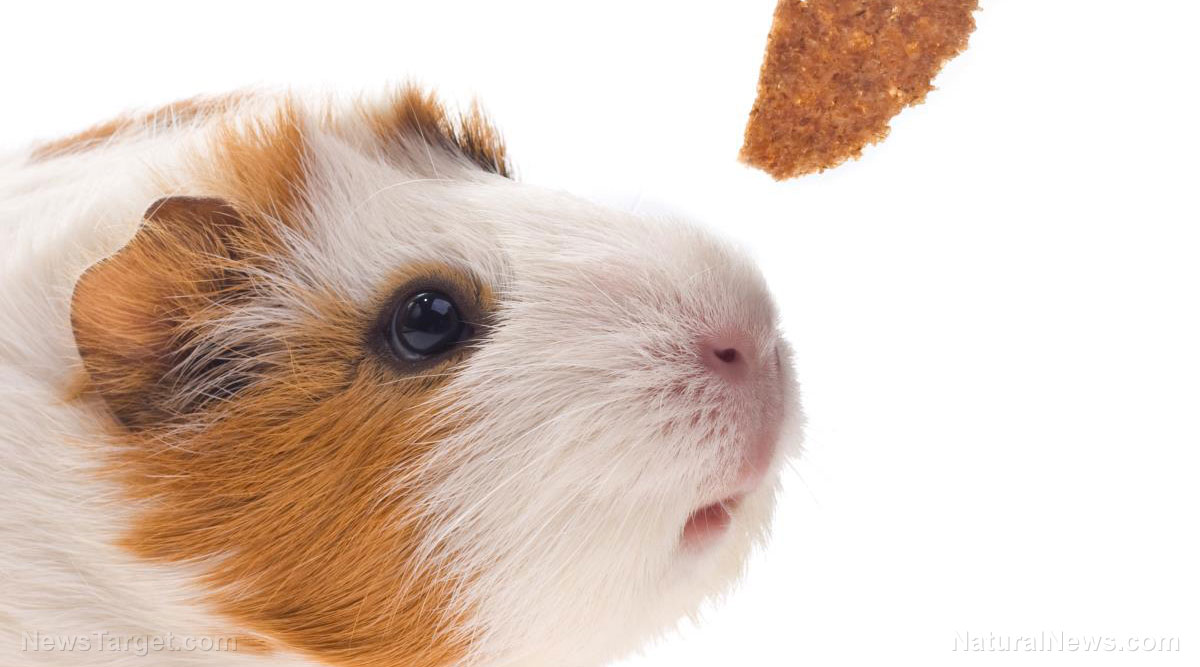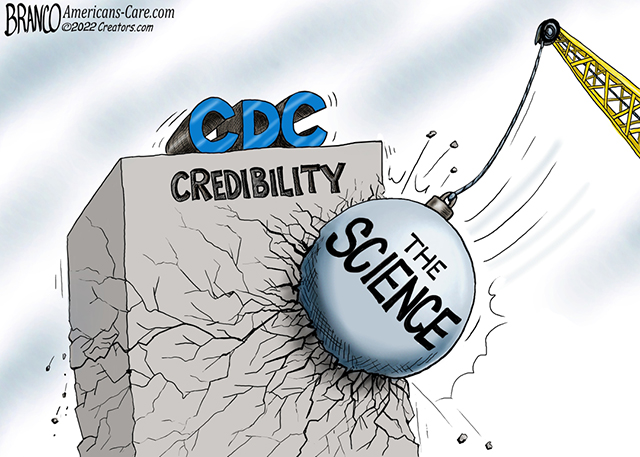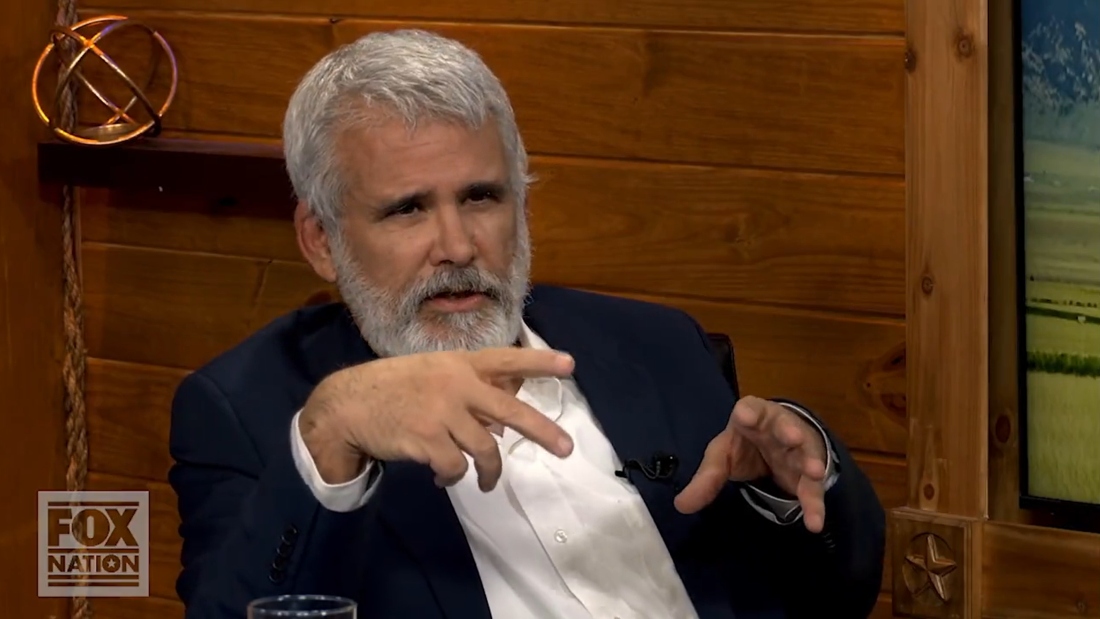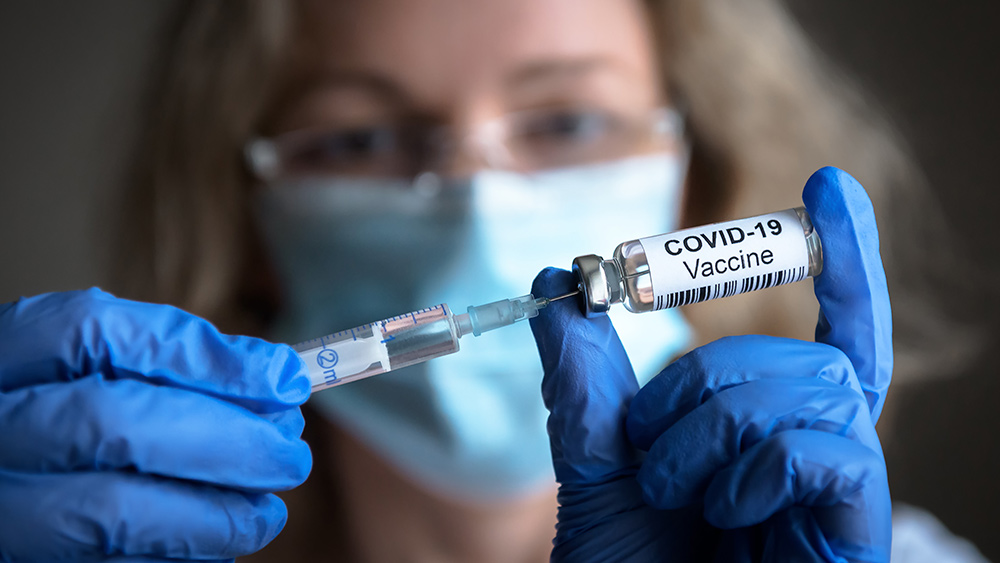Britain using Ukraine conflict as excuse to push for legalizing gene-edited Frankenfood
05/29/2022 / By Ethan Huff
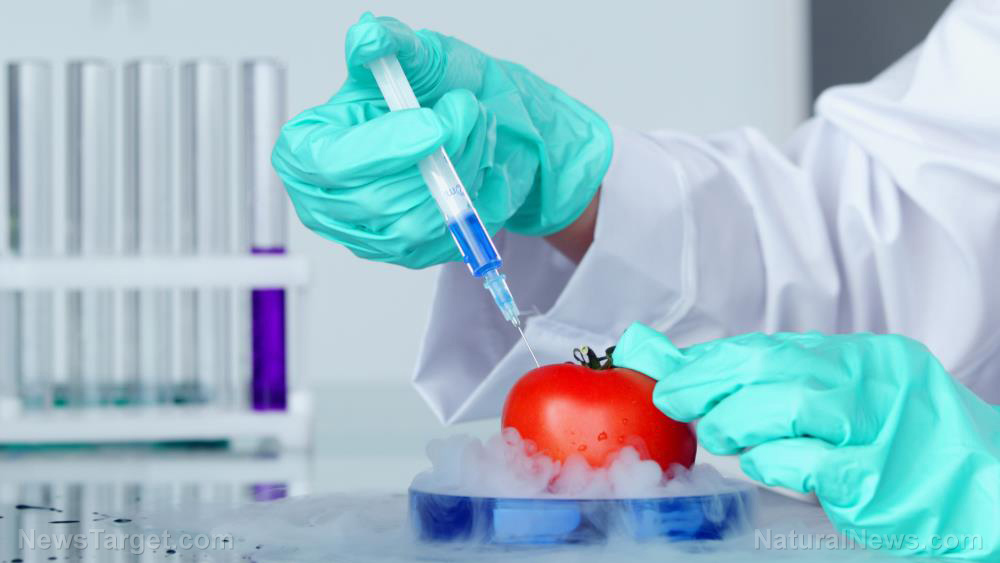
Genetically engineered food is heavily restricted in the United Kingdom, and for good reason. But a new bill being pushed in Parliament right now could sidestep these restrictions using the Ukraine conflict as an excuse.
Gene-edited crops differ from standard genetically modified organisms, or GMOs, in that their own DNA code is modified as opposed to be spliced with foreign DNA. And British politicians are attempting to exploit this by claiming that gene-edited crops are excluded from their country’s strict GMO regulations.
Entitled the “Genetic Technology” bill, the legislation was first introduced on Wednesday. It is described by the UK’s Department for Environment, Food and Rural Affairs as a way to “cut red tape and support the development of innovative tech to grow more resistant, more nutritious and more productive crops.”
“These precision technologies allow us to speed up the breeding of plants that have natural resistance to diseases and better use of soil nutrients so we can have higher yields with fewer pesticides and fertilizers,” added Environment Secretary George Eustice, who is heavily pushing the bill. “Outside the European Union (EU), we are free to follow the science.” (Related: Modern “science” is also trying to gene-edit animals, but the results so far are dismal.)
Gene editing “is genetic modification by a different name,” says Friends of the Earth
What Eustice means by this, of course, is that the EU, unlike Great Britain, wants nothing to do with GMOs of any kind, gene-edited or otherwise. Eustice, however, wants his country to fully embrace gene editing technology as the new normal for food.
In order to overcome the supply challenges being blamed on the war situation in Eastern Europe, gene-edited food crops must be planted in the ground immediately, we are told.
According to a spokesperson from Friends of the Earth, the claim that gene editing is somehow different from genetic modification is a misnomer. A spokesperson from the advocacy group says that gene editing is just “genetic modification by a different name.”
“It still focuses on altering the genetic code of plants and animals to deal with the problems caused by poor soils, the over-use of pesticides and intensive farming,” the spokesperson added.
Gideon Henderson, on the other hand, who is called a “scientific adviser” for the British government, claimed that gene editing is something different from genetic engineering that will magically produce much more food much more quickly.
“We anticipate [the bill] will enable precision-bred crops to navigate the regulatory system much more quickly, in something like one year compared with approximately 10 years under the present regime,” Henderson said.
The EU currently defines gene-edited foods as GMO foods. They are one and the same, according to EU law. The same is technically true of Great Britain, which is why this new legislation is being pushed.
If passed, the new law would only impact England. Wales, Scotland and Northern Ireland would still have their own restrictions in place, which would likely result in new trade disputes.
The Scottish government has already indicated that it stands against the new bill. However, Eustice claims that neither country has the authority to prohibit the sale of gene-edited crops should it pass.
“Though the legislation, if passed, will initially scale back restrictions on crops, it also contains provisions for livestock, as gene-editing can be used to breed animals more resilient to disease and other ailments,” reported Infowars.
“The practice has been more controversial for animals due to fears it could result in suffering; however, the new bill will allow lawmakers to similarly reduce red tape if they are satisfied it contains sufficient safeguards.”
The latest news about the push to genetically reengineer the entire world can be found at GMO.news.
Sources include:
Submit a correction >>
Tagged Under:
biotech, corruption, food, food science, frankenfood, gene editing, genetic engineering, Genetic Technology bill, George Eustice, glyphosate, GMO, harvest, poison, toxins, Ukraine
This article may contain statements that reflect the opinion of the author
RECENT NEWS & ARTICLES
COPYRIGHT © 2017 SCIENTIFIC NEWS

